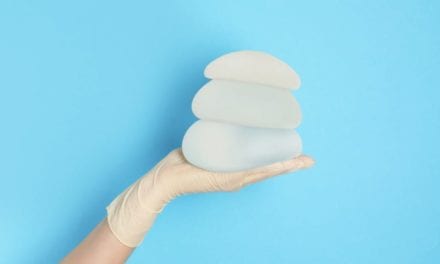The approach: Researchers have created a lotion that can fend off a type of bacterial infection using a patients’ own microbiome, according to a February 22 study published in Science Translational Medicine. People with atopic dermatitis tend to have fewer “beneficial” bacteria to fight off Staphylococcus aureus infection on their skin, the researchers showed. The team cultured these skin-dwelling, infection-fighting bacteria until they formed robust colonies, then tested personalized treatments on five people with atopic dermatitis by embedding the patients’ own microbes in probiotic skin lotions.
“For the field, this is a first—we show clear cause and effect,” said coauthor Richard Gallo, chair of the department of dermatology at the University of California, San Diego (UCSD). “We selected specific strains of the [beneficial] bacteria that are deficient on patients’ skin, expanded them, placed them in lotion, rubbed them on the skin, and decreased the Staph colonization of these patients.”
Gallo and colleagues have shown “how good bacteria help to inhibit Staph, that these good bacteria are deficient in atopic dermatitis, and that brewing up the good bacteria and transplanting it onto skin can inhibit Staph,” said Lawrence Eichenfield, chief of pediatric and adolescent dermatology at UCSD who has previously collaborated with Gallo but was not involved in the present study.
The significance: While tested only on five patients in the present study, “every single patient showed greater than a 90 percent drop in Staph aureus,” said Gallo. And the researchers found that, aside from thwarting S. aureus, the lotion did not disturb said the study participants’ skin microbiomes.
“This important paper showed that when the ‘normal bacteria’ are added to atopic skin they have a protective effect and reduce colonization with the pathologic bacteria,” Emma Guttman-Yassky, a professor of dermatology and clinical immunology at the Mount Sinai Icahn School of Medicine in New York City, wrote in an email.
Click here to view original web page at www.the-scientist.com


